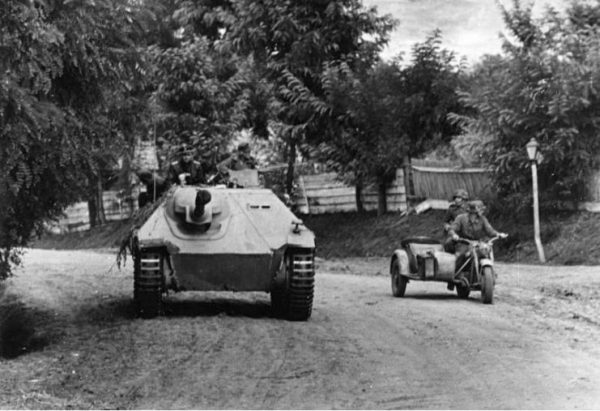Germany’s Deadly Little Tank Destroyer – the Hetzer
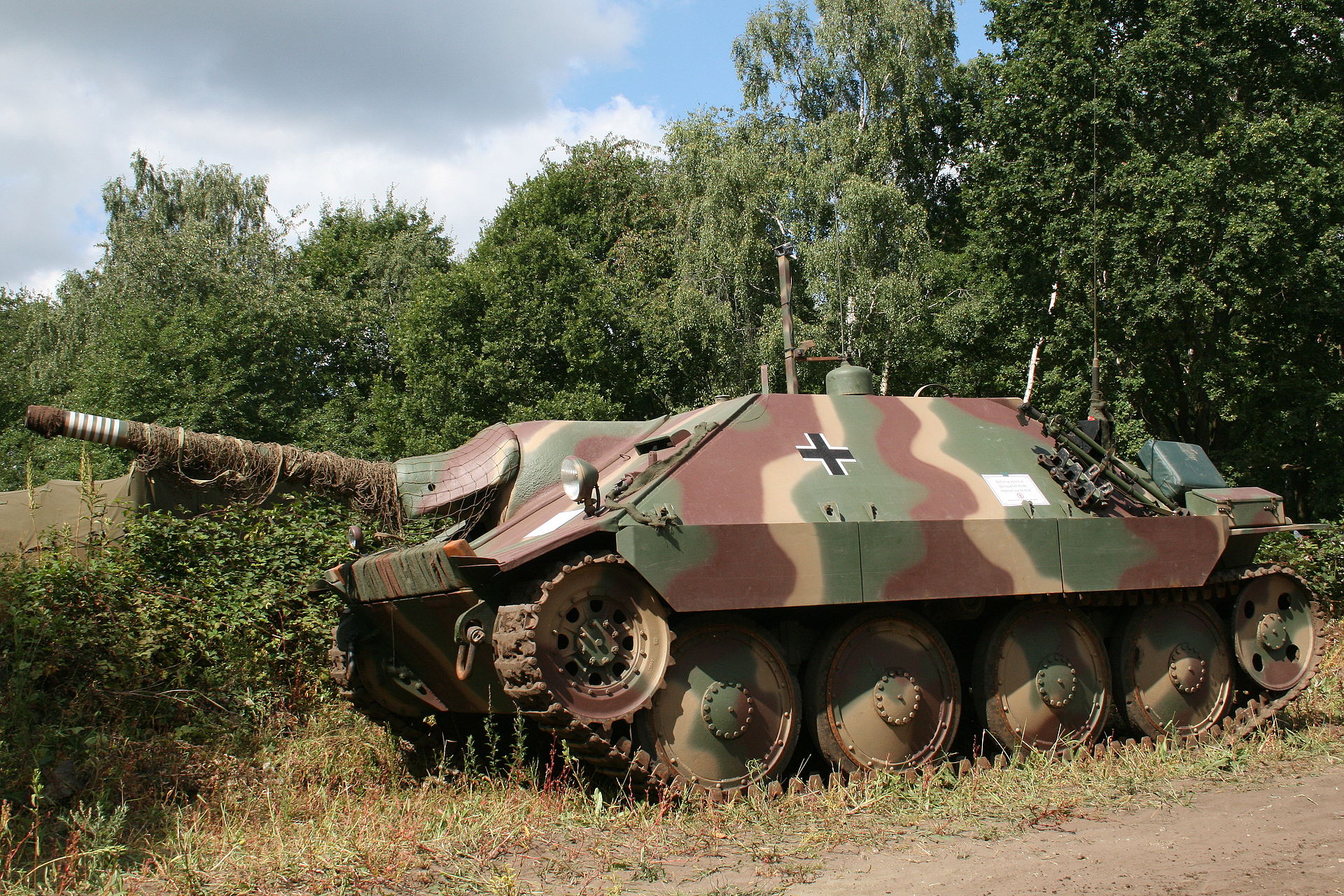
The inspiration for the Hetzer started early in the Second World War, when Germany began mounting large, powerful guns on modified light tanks that were otherwise obsolete, to bring more firepower to the battlefield without needing new large and complex vehicles.
This idea produced vehicles like the Marder series, and the more prolific StuG III, based on the Panzer III. These small tank hunters proved to be very effective, but by mid-late war standards these vehicles were in need of improvements in areas such as firepower, armor and ease of production.
On the other end of the scale were tank destroyers built from ‘Big Cat’ chassis, like the Jagdpanther and Jagdtiger. While packing some of the most powerful weapons of the war, they were unwieldy, heavy, and logistical nightmares. The Germans desired something between the two, that combined good armor, mobility and firepower, but was was small and cheap to build. The end result of this thinking was the Jagdpanzer 38(t) ‘Hetzer’.
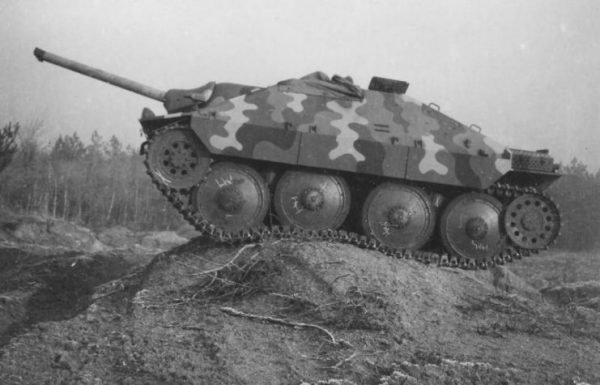
This vehicle would be built on the chassis of the Panzer 38(t), a Czechoslovakian designed light tank that was basic but reliable. The Panzer 38(t) chassis was enlarged in all directions, beefed up to handle the extra weight, given a more powerful engine and gearbox, and had up-rated suspension. On top of this was a fixed armored superstructure that housed the gun, fighting and engine compartments.
All in the tank weighed 17 tons, and was powered by a 160 hp 6 cylinder Praga engine, giving it a top speed of 26 mph.
For its size, the Hetzer was very well protected. Its frontal plate was 60 mm thick, and sloped at 60 degrees to increase its effective thickness. At this angle, the plate was effectively 120 mm thick, which is more than a Tiger I’s frontal hull armor.
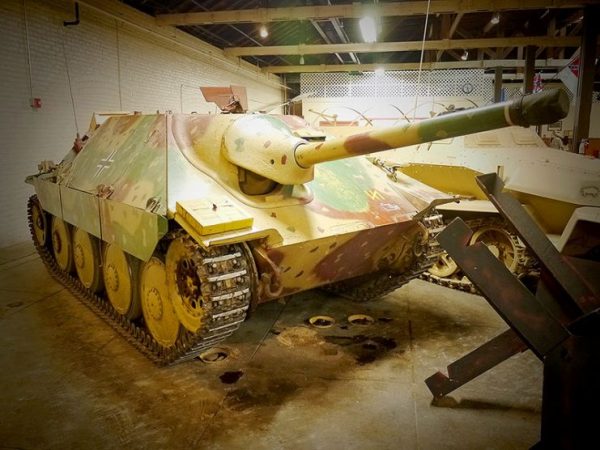
Protruding from the frontal plate was a 75 PaK 39 L/48 gun. This was a small but deadly gun that was capable of penetrating almost 100 mm of steel at 500 meters distance. It was mouted on the right of the hull, meaning the driver, loader and gunner all sat on the left side of the vehicle. The loaders job was rather difficult due to this odd layout.
The vehicle was in the design phase in early 1944, and production began in April of that year. It was a far simpler tank to build than heavier vehicles like the Jagdpanther, meaning over 2,500 were built before the wars end, making it one of the more numerous tracked vehicles in German’s inventory at this time.
Modifications to early models ensued, and other variants of the Hetzer were produced with adjustments and improvements. The exhausts were modified with a vertically oriented tube, the muffler replaced with a flame arrester, a wider but lighter mantlet fixed for the main gun, and better vision aids and ammo storage were installed, among other improvements.
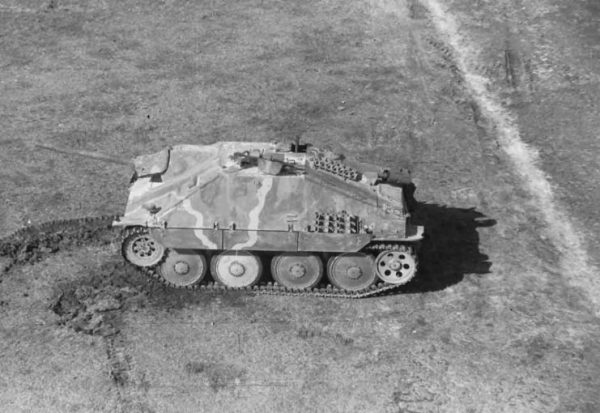
The Hetzers also went on to replace the Marder III series which were based on the same chassis. In action the Hetzers fared very well, considering the overall state of Germany’s armed forces in the final years of the war. It was frontally protected against common Allied tanks like the Sherman, Churchill and Cromwell from ranges over 800 m. Its 20 mm thick side armor was far more vulnerable however.
A strange note about the Hetzer is its name. It is not clear whether the Germans ever actually referred to the vehicle as the Hetzer during wartime, with evidence for and against this claim. Its official name of Jagdpanzer 38(t) goes mostly overlooked in exchange for Hetzer, the name it is mostly referred to.
Its lack of turret and thin side armor meant Hetzers weren’t suited for fast paced fluid combat, but excelled in a defensive role. Its small size and good mobility made it affective in ambushes, where it could be easily hidden with its strong frontal armor facing the enemy, and could quickly retreat after firing.
It was a dependable and reliable vehicle that crews could count on, with its main failings coming from its overloaded and obsolete leaf spring suspension; a rather minor issue compared to entire drivetrain problems found on heavier German tanks.
Crews also appreciated the interesting addition of a remotely-fired MG 34 machine gun on the roof of the vehicle. It was operated internally by linkages, and aimed with a periscope. This system allowed the gun to be fired while the Hetzer was completely buttoned down, shielding the crew from incoming fire. While it was very useful, its small 50 round drums needed to be replaced often, and had to be done so by hand.
The Hetzer is the most abundant WWII tank destroyer currently available, arguably because of such a large number of Hetzers was produced during the Second World War.
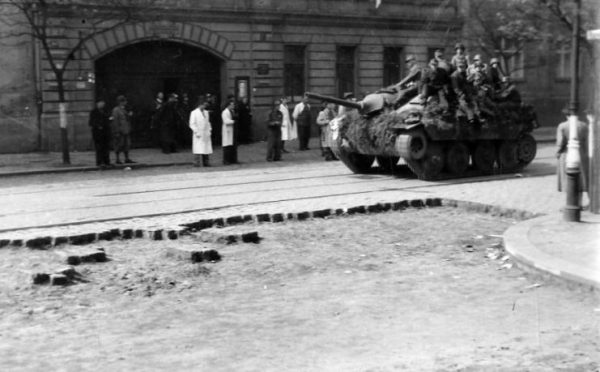
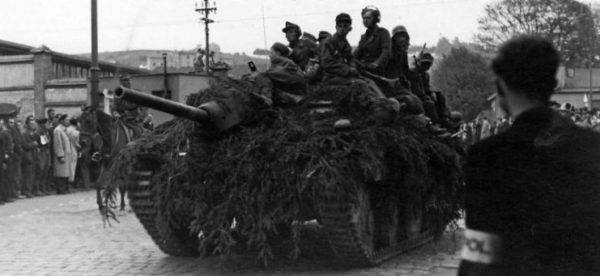
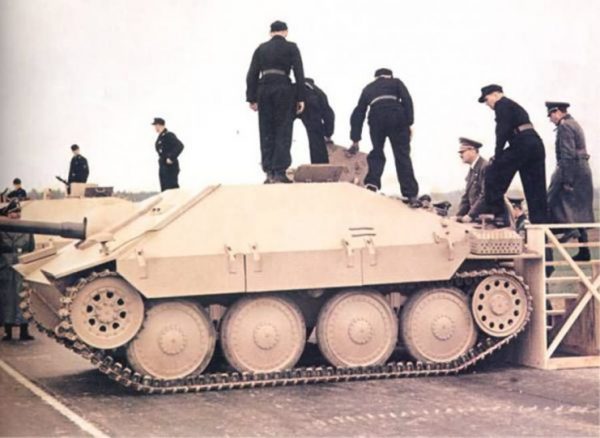
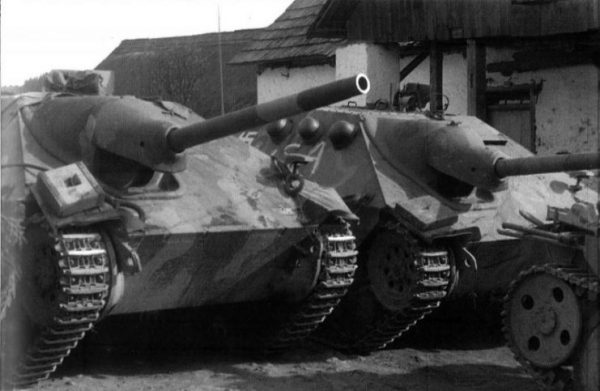
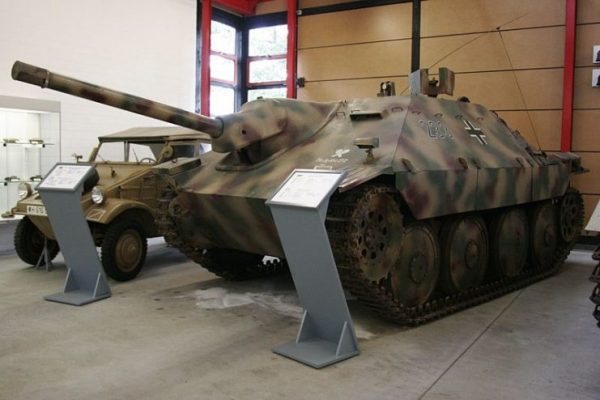
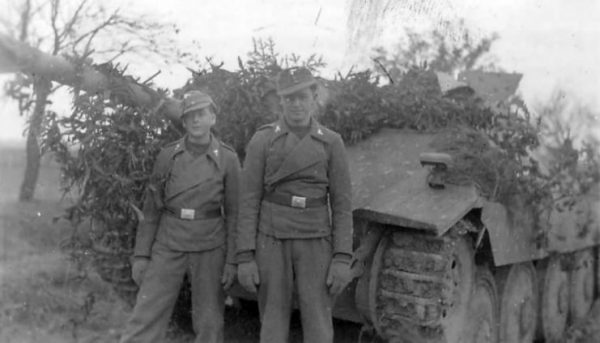
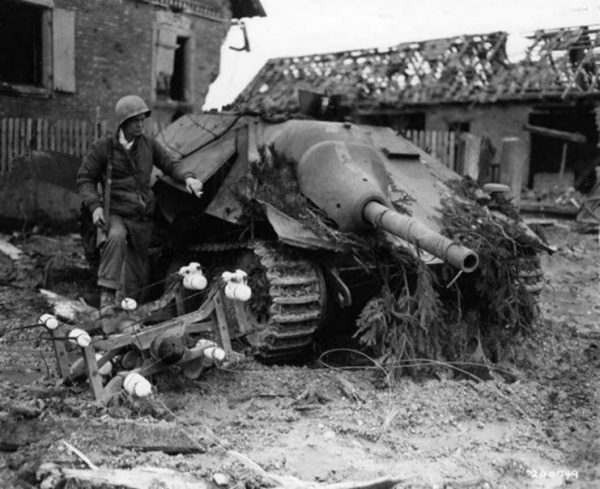
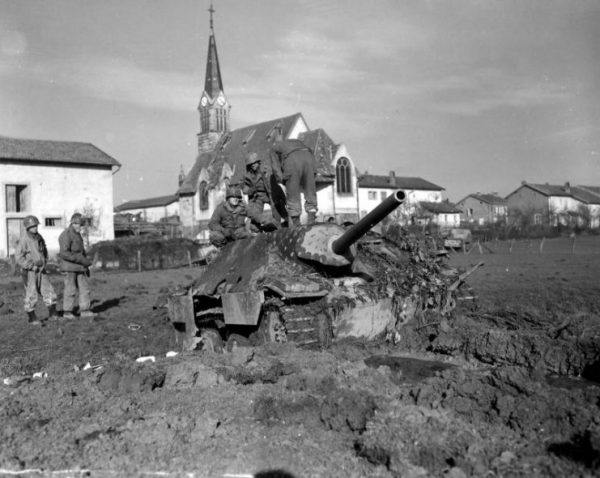
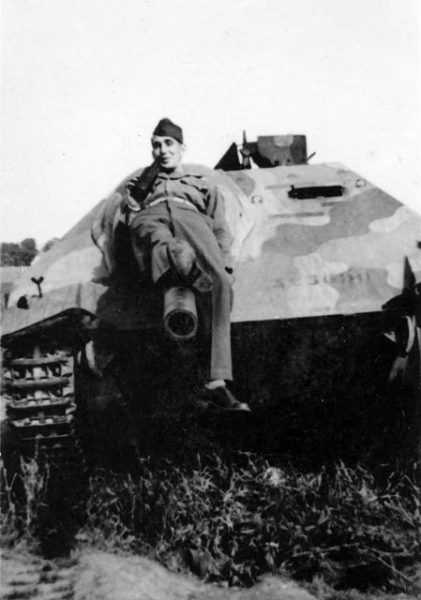
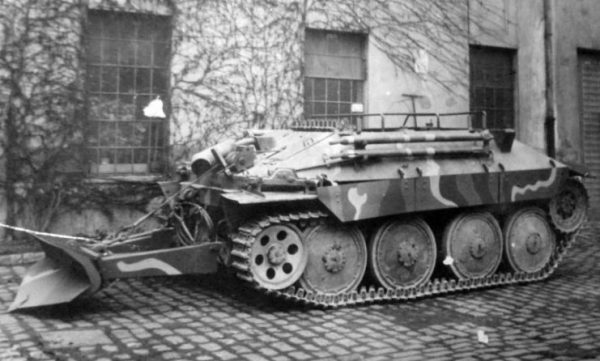
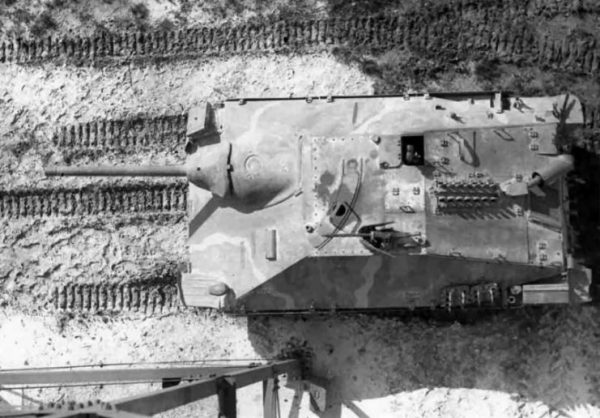
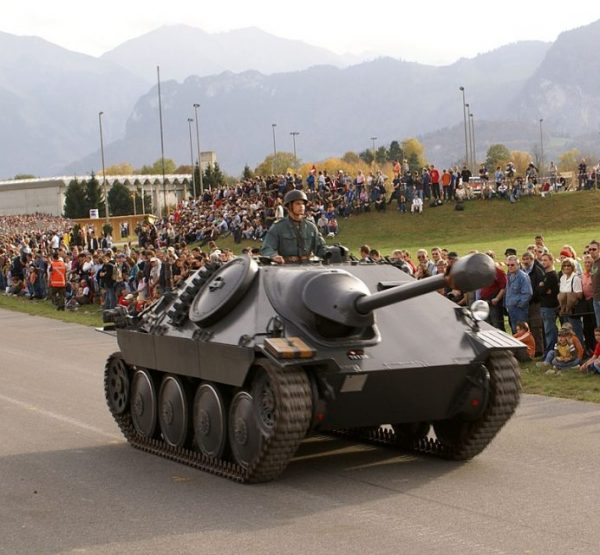
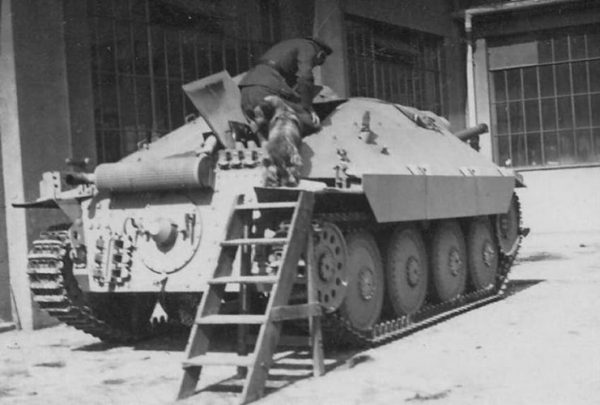
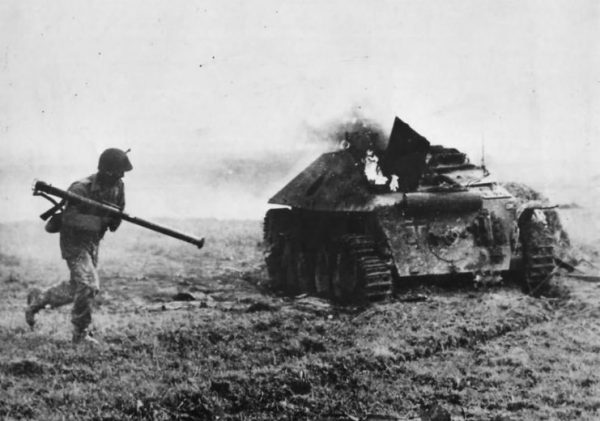
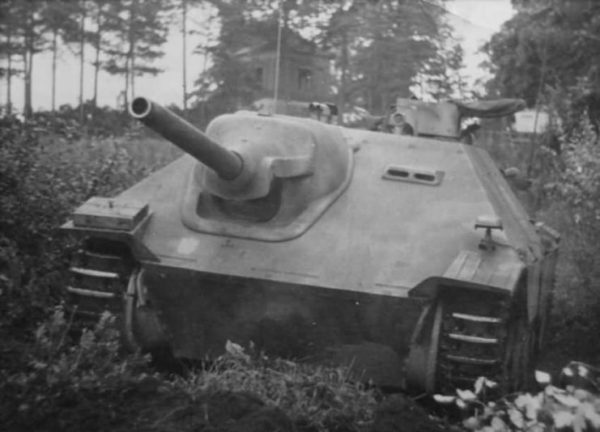
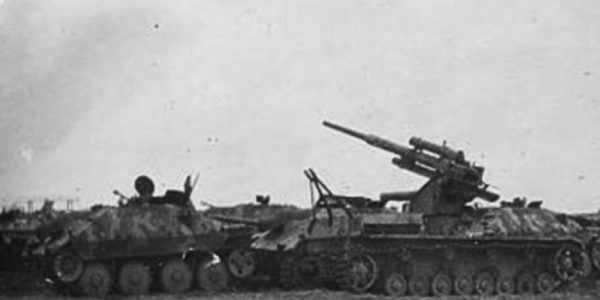
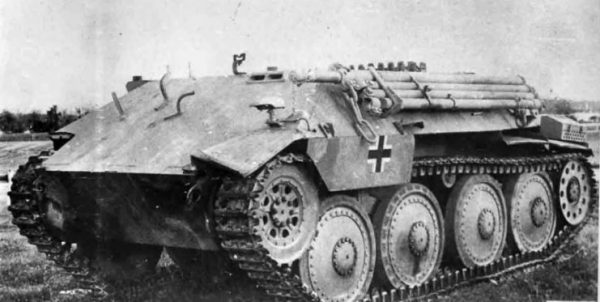
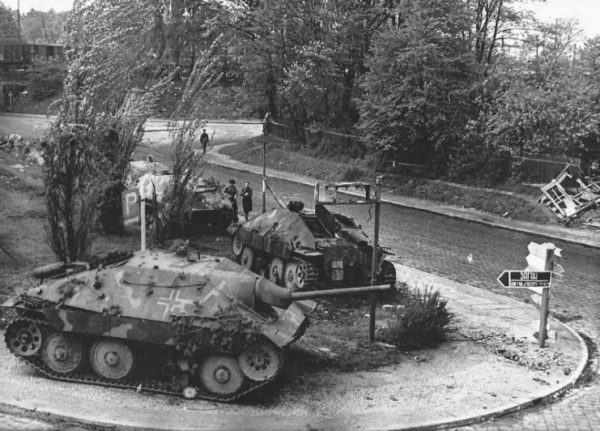
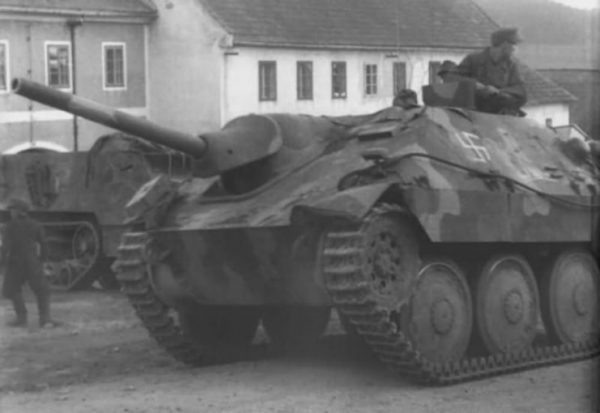
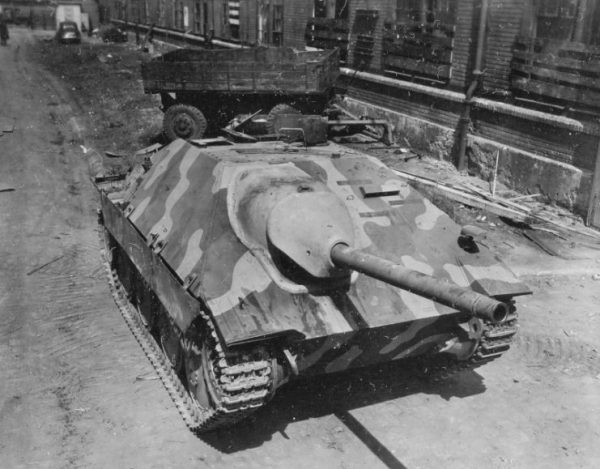
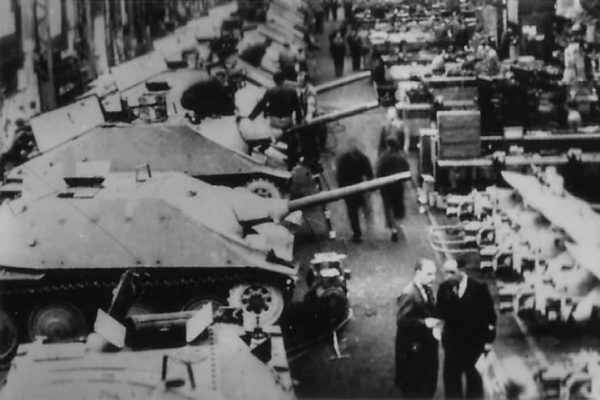
Another Article By Us: Jagdtiger – the Definition of Overkill
